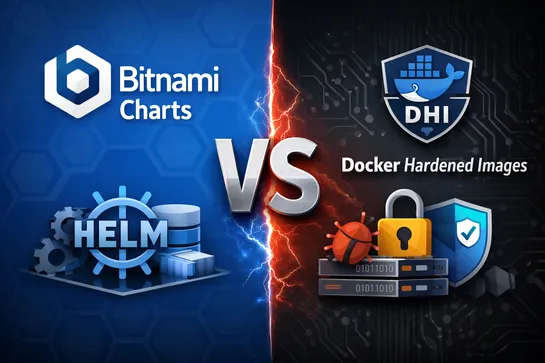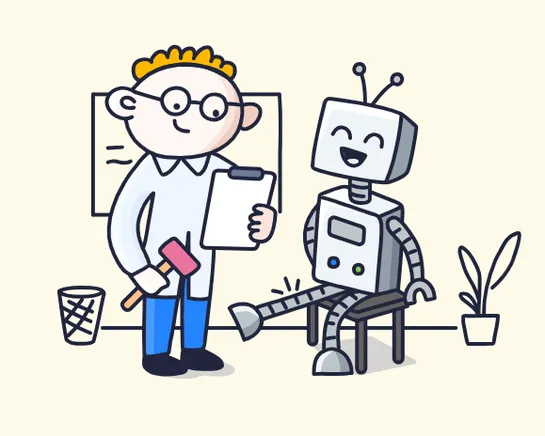Enshittification is not a bug
Bitnami charts are still high quality, but their public image distribution is going away. Instead of rewriting everything, many teams can keep the charts and switch the underlying images (for example, to Docker Hardened Images) to minimize disruption and maintain security.









